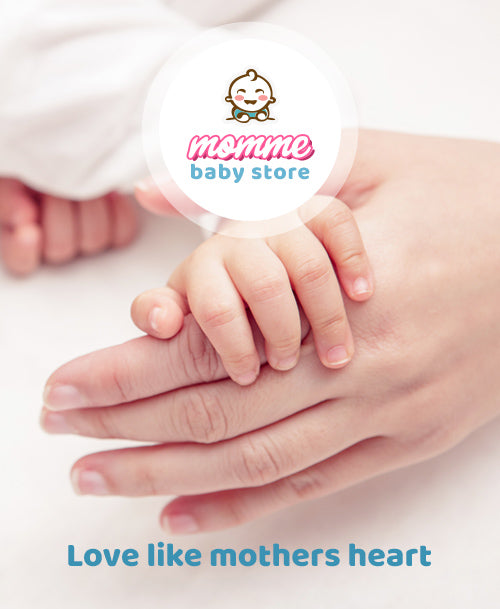Sep 17 , 2019
Five Tips To Choosing Toys that Promote Learning
Choose Toys With Intention:
Choose toys with intention, rather than what’s popular, because the choose you choose for your children matter. Instead of having a shape sorter with 4 thick plastic rings, a shape sorter with 6 thinner wooden rings gives an opportunity for learning more colors, more precise use of eye hand coordination, and greater need for sustained attention. It also provides more opportunity for size comparisons and counting.
Keep it simple:
Toys that are brightly colored, light up, sing, dance, and have many buttons can be over- stimulating and overwhelming for young children. These toys also operate mostly on their own, leaving little room for the child to take charge and allowing them to become passive in play. During play, children should be as active as possible, steering the experience with their own actions and imaginations while the toy remains passive. Toys that are simple, feature one function, have a clear cause and effect, and allow the child to be more focused and in charge of their experience are best. Whether it’s a puzzle, a board game, or a shape sorter, the activity should be clear and the child should be actively engaging and problem solving in play.
Toys should promote age appropriate skills and milestones:
Ask yourself which underlying skills each toy will help develop. For instance, if a child is 3 years old, there are certain motor, cognitive, and social milestones that they are expected to be meeting for their age (e.g., engaging in pretend play and using their imagination). Choose toys that will reinforce those milestones. It’s key to note the importance of keeping toys age appropriate, as toys for a younger age group won’t help develop new skills, and children may not be ready to get the most out of the experience when rushing ahead to toys for an older age group.
Choose good quality and materials:
Choose a wooden toy over a plastic one because wooden toys typically leave more room for open-ended play, imagination, social interaction, critical thinking, and problem solving, as they tend not to have electronic components that can be distracting and direct the experience for the child. I find the simplified nature of wooden toys to be soothing and calming, allowing for more focused play. Wooden toys are also natural, more durable, and more tactile, having slight variations in weight and texture for little hands to explore.
Varying sensory components are important
Toys should enable kids to use different senses. Think of the value of hearing a musical instrument, looking into a kaleidoscope, smelling a flower, or feeling through finger paint. Toys that encourage the feel of movement such, as running, jumping, or steering are also incredibly valuable in supporting of coordination and brain development.

